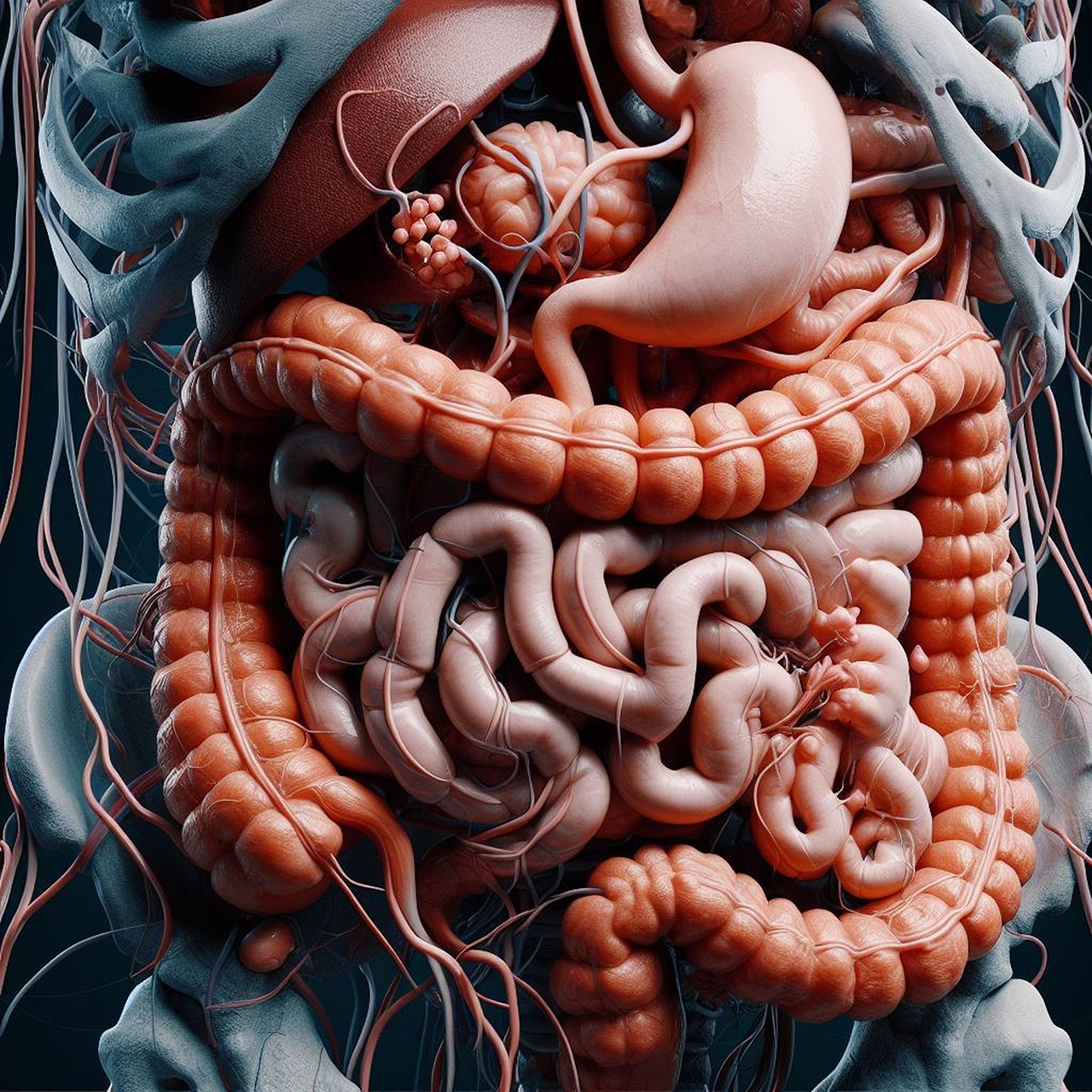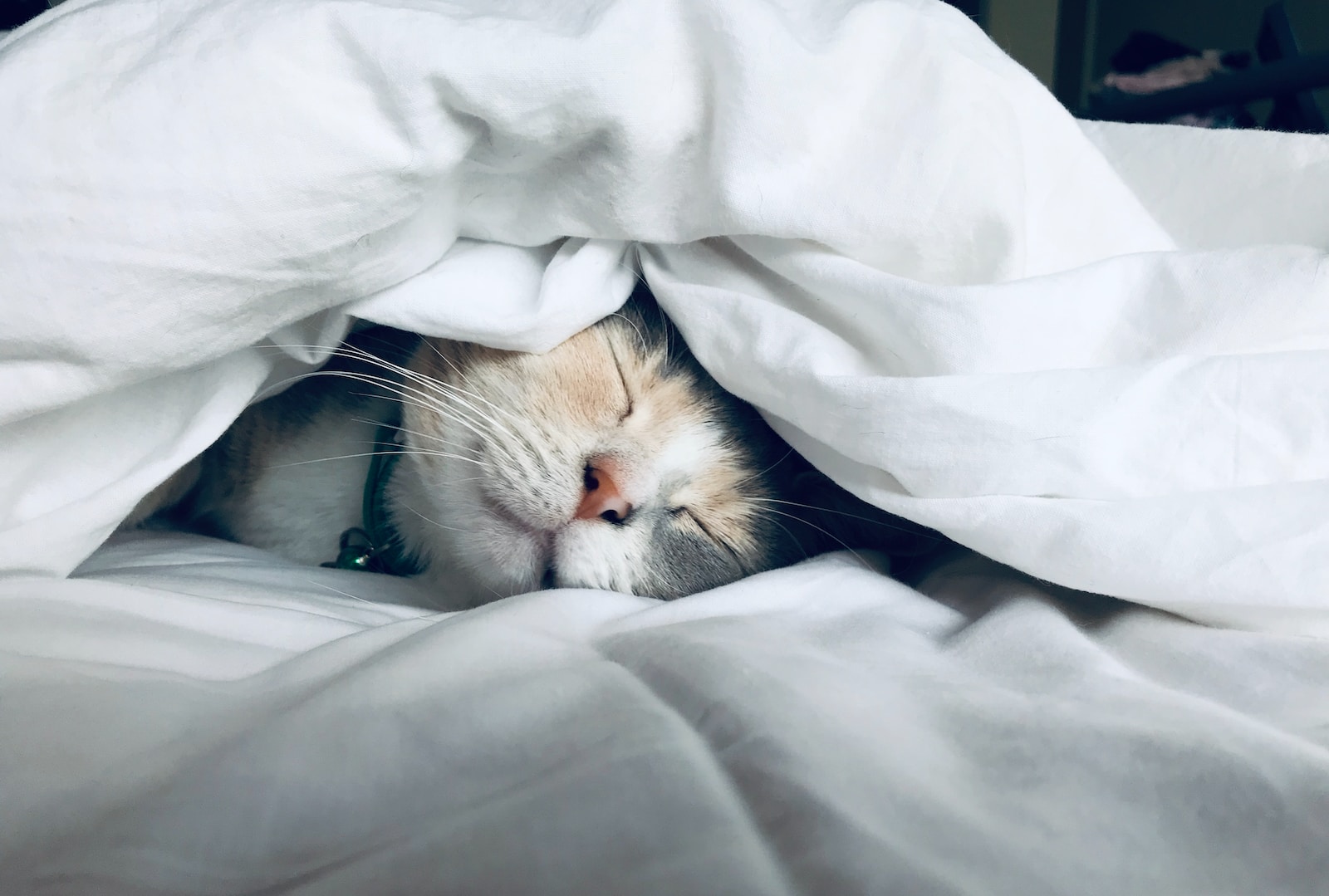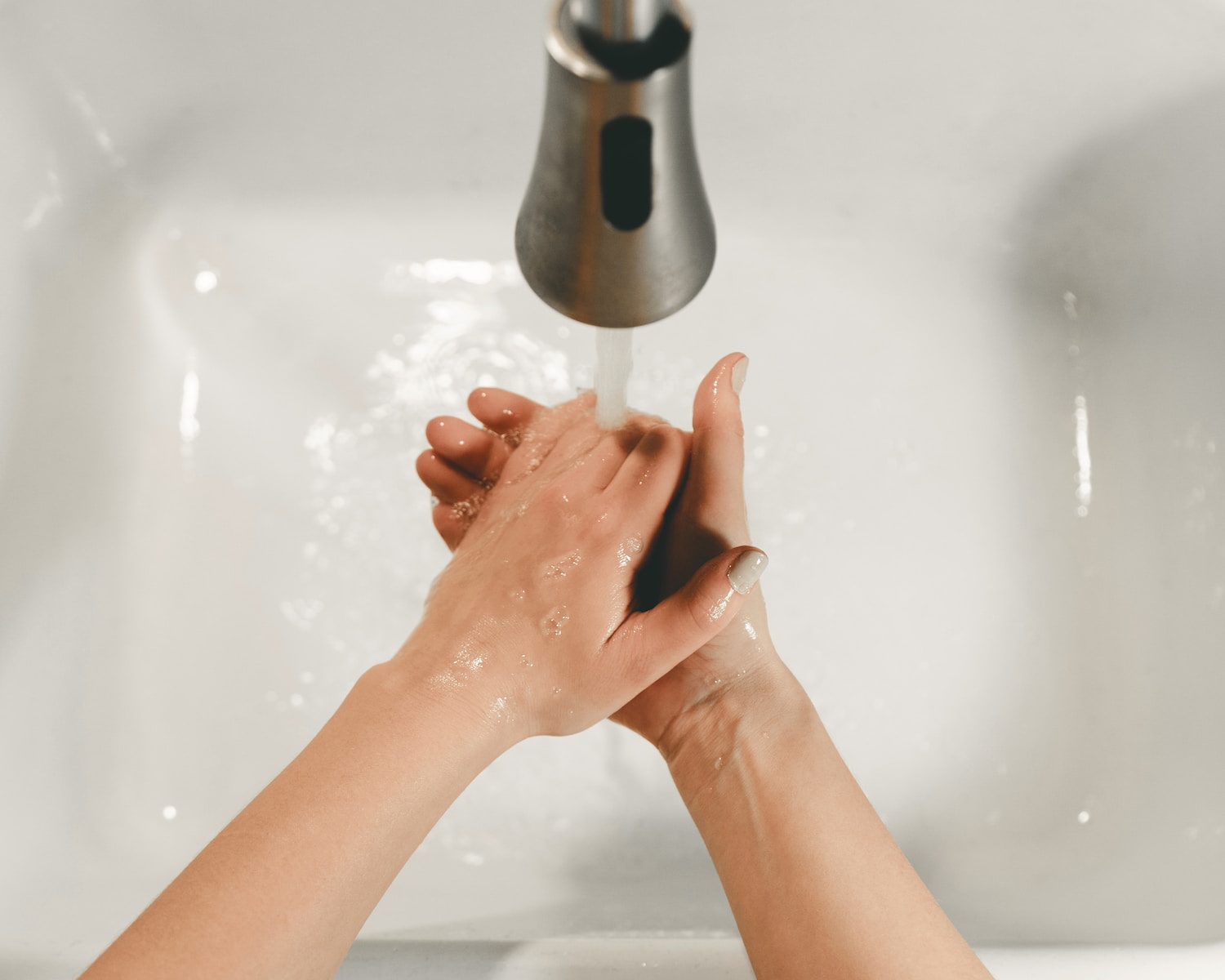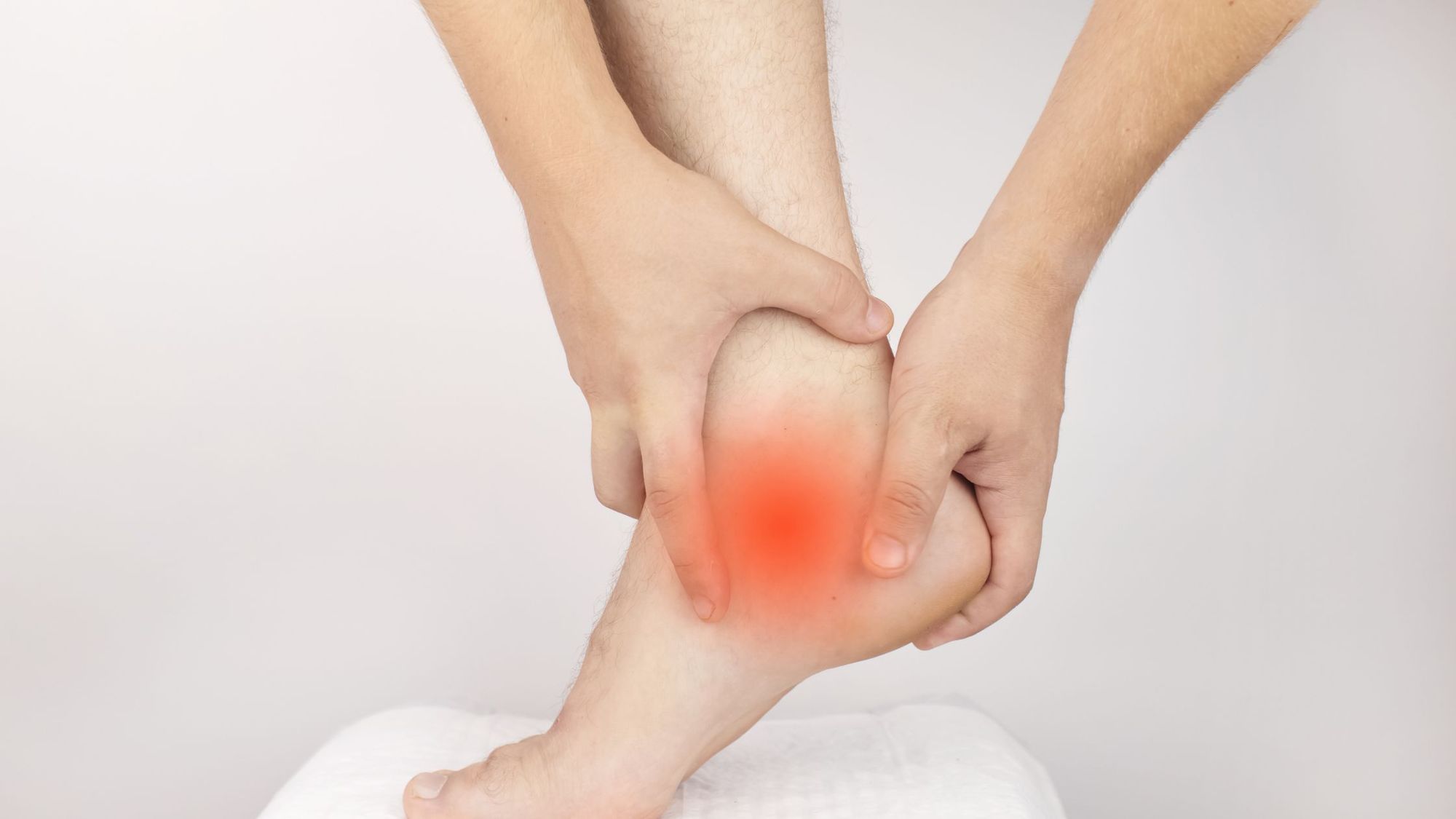
What is an Achilles heel spur, what causes this condition, and what can you do about it? These are the questions you might be asking if you’ve noticed Achilles tendon pain, or a firm protrusion around your heel. A heel spur is a bone-like growth caused by a build-up of calcium between the heel bone and arch.
Most heel spurs begin at the front of, or underneath your heel, and can worsen over time, extending to up to half an inch in length. While an Achilles heel spur isn’t always super painful, the condition can cause various kinds of discomfort, making it difficult to walk normally or wear certain kinds of footwear.
Otherwise known as an osteophyte, a heel spur can be a worrying problem for many people, particularly when it’s accompanied by issues such as inflammation, and the deformation of the heel. However, this condition is also relatively common. Around 15% of people will eventually end up with a heel spur, though the severity of the issue can vary.
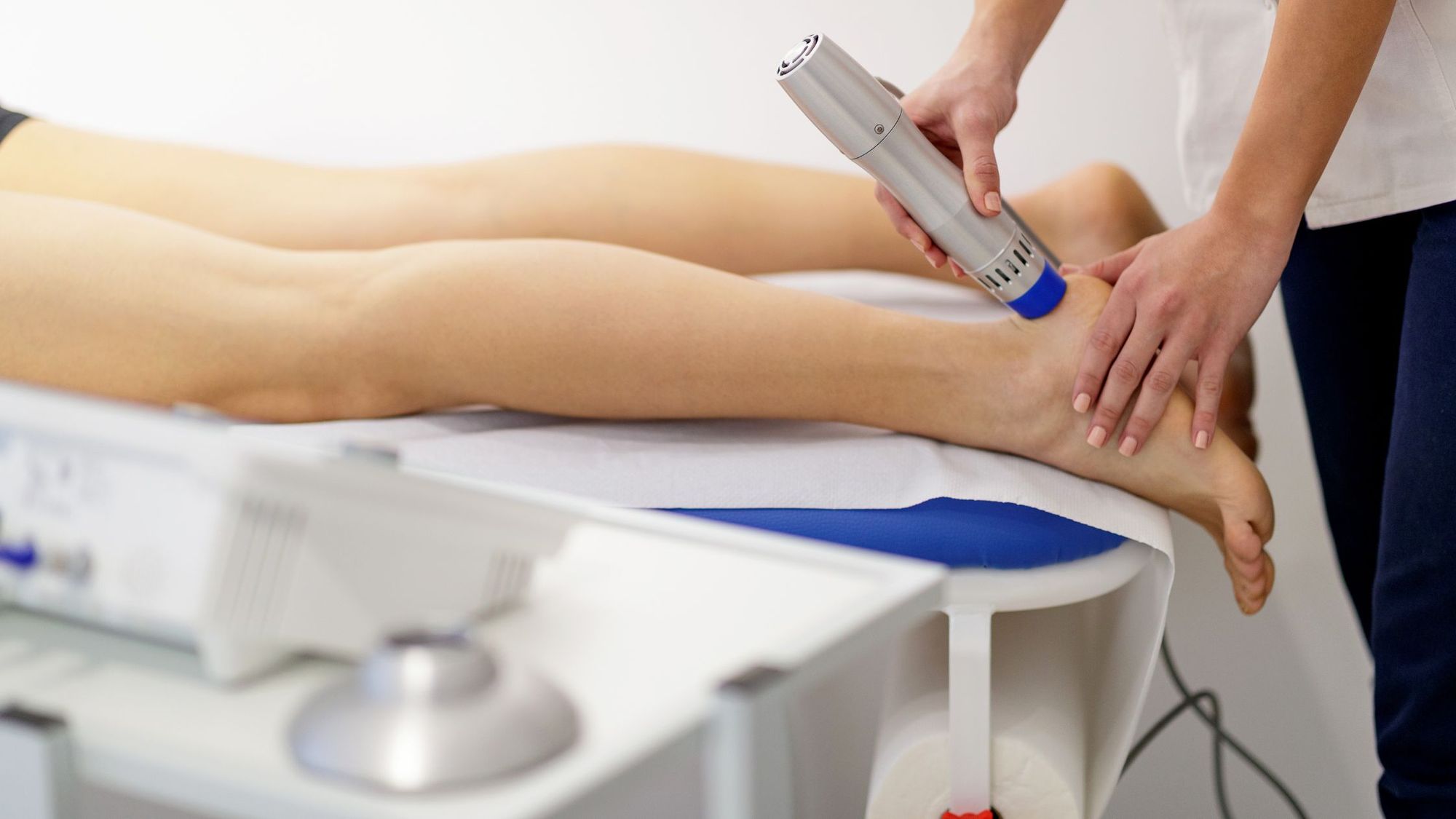
Signs and Symptoms of an Achilles Heel Spur
Heel spurs, or calcium deposits around the heel can occur in various locations.
A spur on the lower portion of the heel is often known as a plantar heel spur, and is caused by excessive strain on the plantar fascia. Alternatively, an Achilles heel spur is a less common growth, which forms on the back of the heel, next to the Achilles tendon.
Depending on the situation, an Achilles heel spur won’t always cause pain. You may simply notice a slight protrusion at the back of your heel when conducting your home pedicure routine. However, while these lumps of calcium aren’t typically painful themselves, they can cause discomfort by placing pressure on the skin, muscles, and surrounding tendons of your foot.
The most common signs and symptoms of an Achilles heel spur include:
- A stabbing pain in your heel when you put pressure on your foot
- Pain or tightness when you stretch or move your foot
- Pain or discomfort radiating from your foot to your lower leg
- Inflammation or swelling around your heel
- Warmth around the heel area
Some heel spurs cause no symptoms at all, which means you may not notice any changes to your foot until you get an Xray for another issue, such as poor balance.
What are the Causes of an Achilles Heel Spur?
The causes of Achilles heel spurs are still being investigated. Most experts believe these conditions are a result of excess pressure on the Achilles tendon in the foot.
Similar to Plantar Fasciitis, heel spurs are issues which occur over time, after consistent and regular pressure is placed on the heel bone. A spur may start off as little more than slight pain or discomfort after a long period of running. You may also notice rubbing and discomfort on the back of the heel if you’re wearing shoes which don’t properly support your foot.
A heel spur is essentially the body’s way of adding extra calcium to the back of the foot to make the heel more resilient. Unfortunately, the force the extra calcium places on the membrane around your bones causes significant pressure and discomfort over time.
Aside from excessive pressure on the foot and ligaments, heel spurs may also be caused by:
- Arthritis: Osteophytes, or bone spurs typically grow on the bones of the body next to joints affected by osteoarthritis. These spurs are a result of your body trying to accommodate for missing strength and durability in these areas.
- Muscle imbalances and gait issues: An imbalance in your feet and leg muscles can cause you to favor one foot over another. This requires one foot to manage most of your weight, which can create the uneven pressure that causes heel spurs.
- Poor shoe choices: The best shoes support the various areas of the foot to prevent too much pressure on one particular ligament, bone, or muscle. Badly fitting shoes, flip flops, and high heels can place greater pressure on the Achilles tendon and fascia.
- Overly excessive training: Running, and jogging, particularly on hard surfaces can damage and strain the ligaments and bones in our feet. In some cases, training can even tear the membrane which covers the heel bone, allowing spurs to grow longer.
- Excess weight: The heavier you are, the more weight your feet need to support when you’re walking, standing, or running. Obesity and pronated foot types have been connected to an increased risk of chronic heel pain and spurs.
- Older age: The older you get, the less flexible the ligaments in your feet become. Additionally, the protective fat pad in the heel can begin to wear away, making your heel more prone to damage and calcium formation.
Some people are born with certain physical deformities and challenges which can also make heel spurs more likely. For instance, you may have one leg that’s longer than the other, flat feet, or high arches, which all influence the way your weight is distributed into your feet.
Diagnosing an Achilles Heel Spur
Achilles heel spurs can be difficult to diagnose. They don’t always cause obvious protrusions on the heel, and may frequently be confused with other heel issues and foot problems. For instance, if you experience significant tightness or discomfort around your Achilles tendon, this could be a result of Achilles Tendonitis, which causes similar symptoms to a heel spur.
You may have tenderness when you touch your tendon, experience swelling around your ankle, or suffer from stiffness around the tendon, particularly when you first wake up in the morning. In some cases, Achilles heel spurs can also occur at the same time as Achilles tendonitis.
In most cases, painful Achilles-related issues such as Achilles Tendonitis can disappear or improve with time, provided you take the right measures to help your foot recover, such as stretching properly before exercise and getting plenty of rest. Alternatively, an Achilles heel spur generally won’t disappear without surgery. However, it is possible to take steps to reduce the symptoms associated with the condition.
To diagnose a heel spur, you’ll need to see a medical specialist such as a podiatrist or orthopedic surgeon. They will be able to use X-Rays to detect calcium deposits around the heel. Your doctor can also use physical examinations as a way of detecting heel spurs. For instance, they may look for noticeable tenderness or inflammation in the foot.
Treatment Options for Heel Spurs
The only way to get rid of a heel spur completely is with surgery. Your doctor may suggest this option when the pain associated with a spur becomes too severe. Surgery can be used to remove the heel spur, and repair damage to the Achilles tendon. Used correctly, surgery can simultaneously reduce foot discomfort, and improve overall mobility.
However, surgery isn’t a common choice for simple spurs. Rather, medical professionals will usually recommend making simple lifestyle changes, and resting your foot as often as possible. To reduce pain and aid with the recovery of the protective membrane on your heel, your doctor may recommend:
- Cold therapy: Cold compresses and ice can help to temporarily numb the painful area around your Achilles tendon and reduce inflammation. Cold compresses are generally better for joint and muscle aches than heat packs.
- Medications: Over-the-counter medications such as aspirin and ibuprofen can sometimes help with the pain caused by heel spurs. For severe conditions, a doctor might recommend using corticosteroid shots to reduce inflammation throughout the foot.
- Physical therapy: Exercises and stretches can be a useful way to strengthen the muscles and ligaments around the Achilles tendon, and reduce pain. Physical therapists should be able to show you how to do common exercises at home.
- Rest: Regularly resting your feet is an important way to minimize heel pain. In the case of an acute period of pain caused by a heel spur, a podiatrist may advise you to rest your foot and avoid walking or running until the symptoms subside.
- Shoe inserts: Special orthotic shoe inserts can help give your heel and arch more support when you’re walking or running. Sometimes, these pads can also be used to reduce further wear on the membranes and ligaments in your feet.
There are many natural treatments for heel spurs too. Performing good foot care on a regular basis can reduce the damage done to your foot by regular pressure and strain. You can try rolling your foot along a tennis ball or golf ball to help stretch and strengthen the muscles. Or you might try seated foot flexes to stretch out the ligaments in your feet.
Certain essential oils may also be suitable for reducing inflammation around the feet. Massaging bergamot, eucalyptus, fennel, or rosemary oil into your feet could help them to recover faster. Studies are currently ongoing into the effects of essential oils on inflammatory conditions. However, they could be a good option if you’re looking for an organic solution.
Remember to patch-test an essential oil to ensure you don’t have any negative reactions.
Will I Get Better? Recovering from Heel Spurs
While Achilles heel spurs don’t disappear on their own, the symptoms can improve with time, rest, and the right recovery strategies. Resting your foot and using ice regularly can help you to overcome a lot of the symptoms, so you can carry on with your day-to-day life. However, you might find it takes a while before you feel you’ve regained your mobility completely.
Talk to your physio therapist or athletic rehab expert about exercises you can do to achieve your fitness goals, without placing too much pressure on your heels while you recover. They can also teach you stretches and other natural pain remedies.
If your condition continues to worsen, you could also consider asking your doctor whether the surgical route may be an option for you.
Find Out if You’re Genetically at Higher Risk of Achilles Tendon Injuries
When you take an at-home DNA test from CircleDNA, you can get over 500 reports about yourself once the lab analyzes your DNA.
Did you know that one of the reports is about your genetic risk for Achilles injuries? Some people are at higher risk of Achilles injury due to their genetic makeup and the way their body is built.
Read about your body composition, genetic strengths and weaknesses, and risk for various conditions by taking a CircleDNA test.
References:
- Cleveland Clinic: Heel Spurs: Symptoms, Causes, and Treatment
https://my.clevelandclinic.org/health/diseases/21965-heel-spurs#:~:text=Heel spurs affect about 15,symptoms associated with heel spurs. - NCBI: Injected corticosteroids for treating plantar heel pain in adults
https://www.ncbi.nlm.nih.gov/pmc/articles/PMC6481652/ - MPDI: Antioxidant and Anti-Inflammatory Activities of Essential Oils: A Short Review
https://www.mdpi.com/1420-3049/15/12/9252




